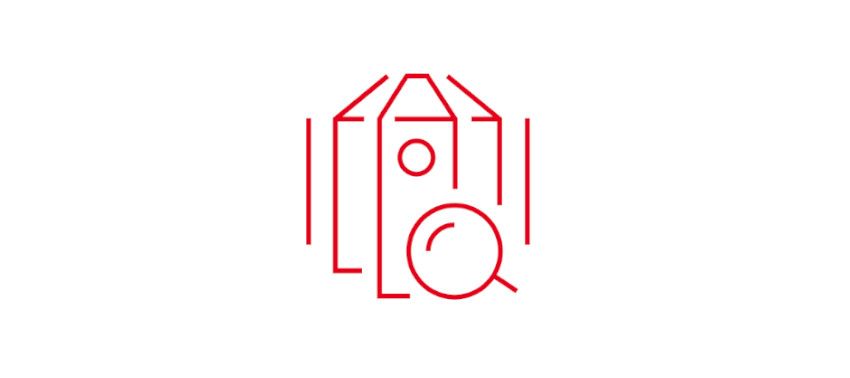Cleaning & disinfection protection
Article
Cleaning and disinfection are two distinct elements of the process of making a known or potentially contaminated environment safe for occupancy. Cleaning focuses on removal of dirt and debris, whereas disinfection involves taking action to minimize or eliminate microbial contamination. Cleaning should precede disinfection in order to remove materials that may interfere with the effectiveness of the disinfection process. A third term – sterilization – refers to the process that destroys or eliminates all forms of microbial life, including bacterial spores, by physical or chemical means.
Common types of antimicrobial agents and disinfection methods
Disinfection can be accomplished using several methods, including exposure of an item or surface to ionizing radiation, ultraviolet (UV) light, heat or chemical compounds.
Chemical family classes commonly used as active ingredients in cleaning and disinfection products include:
- Chlorine and iodine compounds
- Oxygen compounds
- Alcohols
- Quaternary ammonium compounds
- Phenols
- Aldehydes
Cleaning protocols
Cleaning usually involves manual methods because there is a requirement to physically remove dirt and/or organic matter (e.g., blood) to increase the effectiveness of the disinfection process. Manual scrubbing, wiping and mopping are typical methods for nonporous surfaces. Subsequent disinfection using a product with demonstrated effectiveness for the biohazard(s) of concern usually will involve the same types of methods. Cleaning porous material is more of a challenge and could require laundering clothing, towels, linens, drapes, rugs, and carpets at the warmest temperature possible. If laundering is not possible, porous surfaces might be cleaned with a detergent or other appropriate cleaner. Followed by application of a disinfectant, if needed.
Once a cleaning protocol has been determined, factors impacting handling and use of the antimicrobial agents can be evaluated. Liquid cleaning agents may be received as concentrated solutions, which must be diluted prior to use, or as ready-to-use formulations. Required personal protective equipment (PPE) for handling concentrates may differ from what is required when using dilute solutions. Similarly, PPE may be different and more extensive for protocols using automated methods compared to manual ones.
Hazard risk assessment and PPE selection
As part of planning for a cleaning & disinfection task, a hazard risk assessment should be completed to evaluate the need for worker protection, including protective apparel. Safety data sheets, labels, technical data sheets, instructions for use and other information provided by the manufacturers of the cleaning and antimicrobial agents can be useful sources of information.
Consideration needs to be given to the biohazard present in order to prevent infection and any resultant illness. Additionally, cleaning & disinfection agents tend to be irritating or corrosive to skin, eyes and the respiratory system, in particular in their concentrated forms.
In addition to the nature of the target biohazard and toxicity/safety profile of the cleaning or antimicrobial agents, other risk factors to consider are the potential for slippery surfaces, tripping hazards and ergonomics when cleaning in tight places, such as behind equipment or reaching for tops of shelves.
For up-to-date cleaning & disinfection chemical permeation data for DuPont™ Tychem® and select DuPont™ Tyvek® products, please refer to SafeSPEC™, DuPont Personal Protection’s comprehensive database of thousands of chemical permeation test results.
Planning for a cleaning & disinfection task must include a hazard risk assessment to evaluate the need for worker protection, including protective apparel. Additionally, the risk assessment will assist in determining the appropriate garments to be worn, including the design, fabric and seam of the protective apparel.
Cleaning & Disinfection Protection
Cleaning and disinfection protocols are an important aspect of many institutional and industrial operations. This has universally come to the forefront for organizations with the evolution of the COVID-19 pandemic across the globe in 2019.


